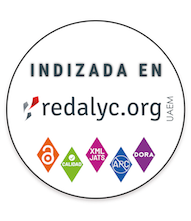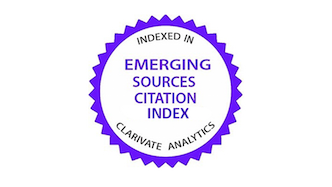Efectos de la densidad de siembra y fertilización sobre la bacteriosis del palmito de pejibaye (Bactris gasipaes K.)
DOI:
https://doi.org/10.15517/am.v19i1.5022Palabras clave:
Pejibaye, pupunha, palmito, Bactris gasipaes, Pantoea stewartii, palm heartResumen
Efecto de la densidad de siembra y fertilización sobre la bacteriosis del palmito de pejibaye (Bactris gasipaes K.). Se determinó el efecto de la densidad (3.333, 5.000 y 6.666 plantas/ha), el arreglo de siembra (rectangular y triangular) y el tipo de fertilización (químico, orgánico y químico-orgánico) sobre la incidencia y severidad de la enfermedad conocida como bacteriosis del palmito, causada por la bacteria Pantoea stewartii (sin. Erwinia stewartii) y el hongo Fusarium sp, en el periodo de julio de 2004 a agosto de 2005, en Guápiles, Costa Rica. El porcentaje de incidencia de la enfermedad varió de 14,1 a 80,8%. En las parcelas con el arreglo triangular hubo menor porcentaje de plantas enfermas. El porcentaje de incidencia de la bacteriosis fue mayor en las cepas de las parcelas fertilizadas con abono químico, seguido de aquellas fertilizadas con abono químico-orgánico y enmienda orgánica. La enfermedad se correlacionó de forma inversa a los contenidos de Ca, Mg, Zn, K y Mn del suelo, y al contenido foliar de Mn. Por otra parte, se correlacionó de forma directa con el contenido de Al del suelo, con los contenidos foliares de B y Cu, y con el porcentaje de interceptación de la radiación solar.Descargas
Los datos de descargas todavía no están disponibles.
Descargas
Publicado
2007-05-28
Cómo citar
Paulo Chaimsohn, F., Mora Urpí, J., & Villalobos Rodríguez, E. (2007). Efectos de la densidad de siembra y fertilización sobre la bacteriosis del palmito de pejibaye (Bactris gasipaes K.). Agronomía Mesoamericana, 19(1), 57–68. https://doi.org/10.15517/am.v19i1.5022
Número
Sección
Artículos
Licencia
1. Política propuesta para revistas de acceso abierto
Los autores/as que publiquen en esta revista aceptan las siguientes condiciones:
- Los autores/as conservan los derechos morales de autor y ceden a la revista el derecho de la primera publicación, con el trabajo registrado con la licencia de atribución, no comercial y sin obra derivada de Creative Commons, que permite a terceros utilizar lo publicado siempre que mencionen la autoría del trabajo y a la primera publicación en esta revista, no se puede hacer uso de la obra con propósitos comerciales y no se puede utilizar las publicaciones para remezclar, transformar o crear otra obra.
- Los autores/as pueden realizar otros acuerdos contractuales independientes y adicionales para la distribución no exclusiva de la versión del artículo publicado en esta revista (p. ej., incluirlo en un repositorio institucional o publicarlo en un libro) siempre que indiquen claramente que el trabajo se publicó por primera vez en esta revista.
- Se permite y recomienda a los autores/as a publicar su trabajo en Internet (por ejemplo en páginas institucionales o personales) antes y durante el proceso de revisión y publicación, ya que puede conducir a intercambios productivos y a una mayor y más rápida difusión del trabajo publicado (vea The Effect of Open Access).























